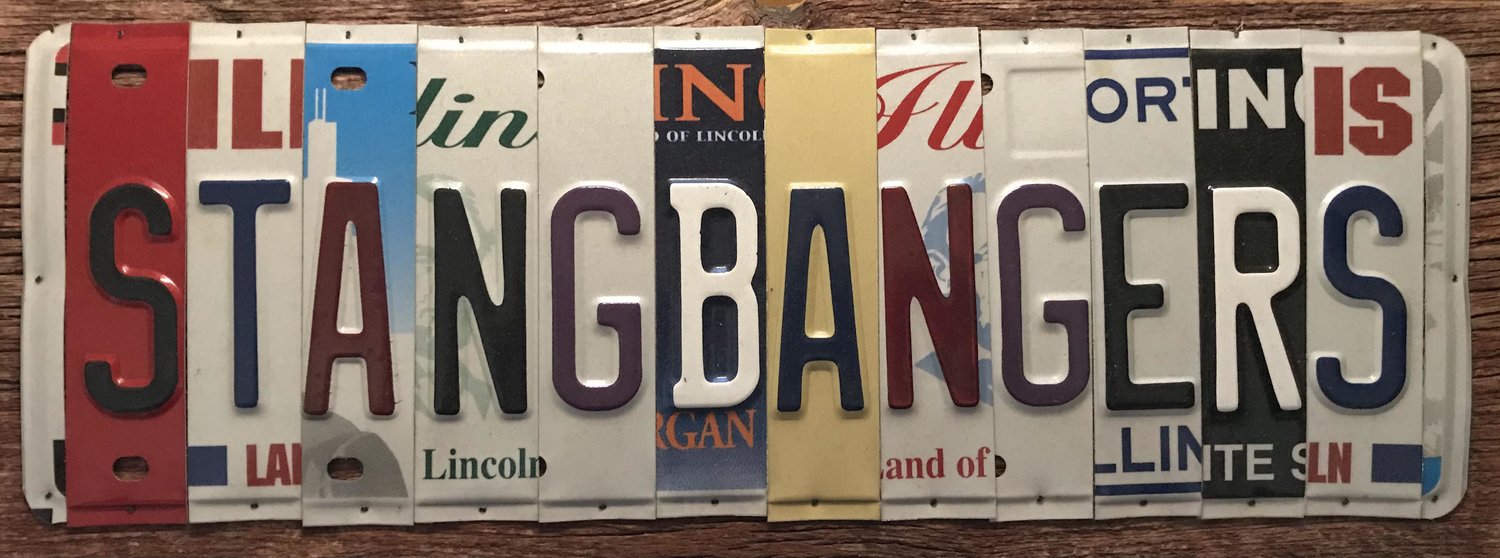Six Coyote Engine Swaps You’ll Love! (Hot Rod)
Engine swaps are a staple of the hot-rodding world, and since the beginning gearheads have looked to the Ford V-8 to get out in front of the pack. Those early Flathead V-8s put power in the hands of many and spawned a pillar of the modern American dream. Americans didn't just want to have the freedom of mobility that Henry Ford gave them; they wanted to get there fast and have a little fun while doing it, too. For those who sought that extra dose of life experience, the engine swap readily provided it.
Today, engine swaps are a relatively common sight in America and a few other countries, but swaps are considered illegal in most of Europe and other industrialized nations on the rather dubious grounds of safety and smog. Our freedom to perform engine swaps at home is something we take for granted, so living where innovation and ingenuity is encouraged is a thing we should be grateful for. Having permission, however, doesn't make it easy!
The Ford Coyote Swap
Much has changed since the early days of hot rodding, and the engine swap — particularly the Ford Coyote V-8 — is one that involves a bit of creative beard-scratching. The Coyote V-8 — first seen in the 2011 Mustang GT — has proven itself an incredibly power-dense dynamo. In the 11 intervening years, Coyotes are now available as crate engine packages, and they're found in salvage yards, too. Pro engine shops have also experienced an influx of Ford dual overhead cam V-8s — the meekest of which makes a frothy 420 hp at the flywheel. But the Coyote swap does have its unique set of mechanical and electrical problems to overcome.
(photo credit: Hot Rod)




